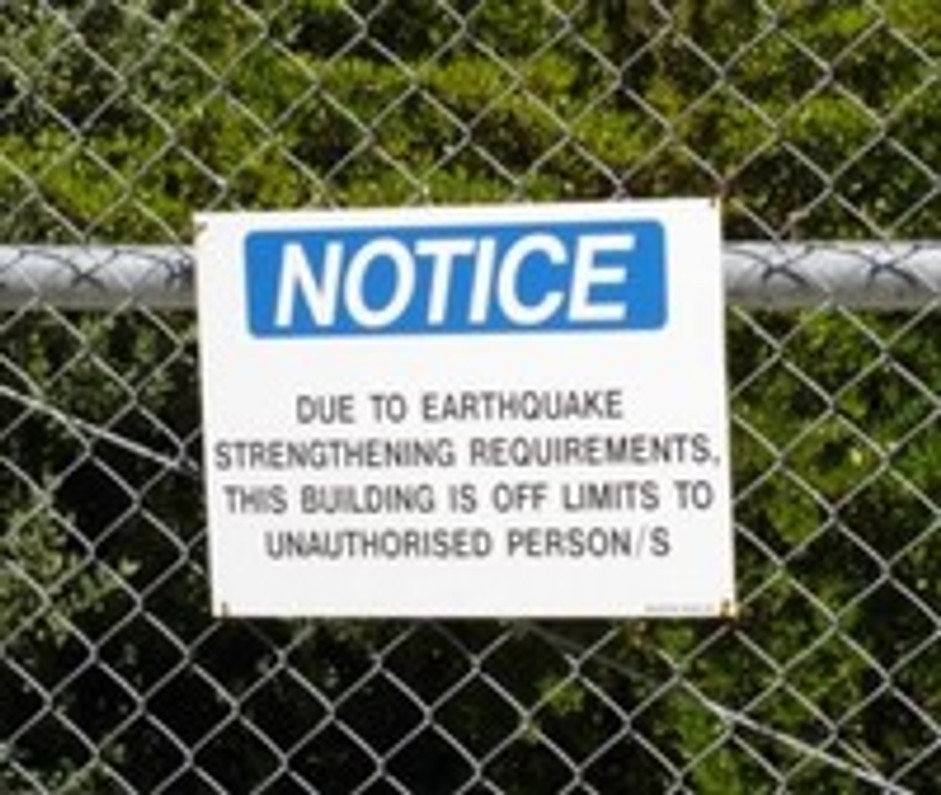Earthquake Safety and Preparedness
Residents of California's world-renown Napa Valley awoke to a massive 6.0 earthquake shaking the earth over the weekend. Officials say this was the largest earthquake to hit the Sunshine State since the Loma Prieta earthquake in 1989, which prompted former Governor Jerry Brown to declare a state of emergency. In the wake of this ground-shaking event, we thought we'd share some earthquake safety and preparedness tips with our readers.
What Is an Earthquake?
An earthquake is caused when two or more tectonic plates shift and rub against each other. Under the Earth's surface are seven primary tectonic plates. These plates built up energy from the geothermic activity in the Earth's core. Over time, this energy will built up to the point where it forces the plates to move so it can release the energy; thus, triggering the natural phenomenon we refer to as an earthquake.
Regions with high seismic activity, such as California and parts of South America, typically have two more tectonic plates. With that said, all 50 states 5 U.S. territories are susceptible to earthquakes. Don't assume you and your family are safe from earthquakes just because you live outside out California.
Create an Emergency Kit
One of the most important steps that goes into planning for an earthquake is creating an emergency kit. Let's hope you never have to use it, but if an earthquake strikes, an emergency kit could mean the difference between life and death. See below for a list of essential items to include in your kit:
- 72 (3 days) worth of food and water.
- Weather radio
- Thermal blanket
- Flashlight with extra set of batteries
- Waterproof matches
- First aid supplies
- Flares
During an Earthquake
The government-run website Ready.gov recommends people do the following during an earthquake: DROP to the ground, find a sturdy table or piece of furniture to take COVER and HOLD on. Following this simple 3-step approach will reduce the risk of injury should an earthquake strike.
You'll want to stay away from glass windows and doors during an earthquake, as the shifting ground may cause them to break. Ideally, the center of the house is the safest location in terms of injury risk.
Unless is well-supported, do not take cover in a door frame. Most door frames lack the stability and integrity to protect individuals during an earthquake.
Have any other earthquake safety tips you'd like to share with our readers?
Recent Posts
-
Fire Safety in the Workplace: What You Need to Know
What steps are you taking to prevent fires in your workplace? According to the U.S. Occupational Saf …Aug 23rd 2023 -
Is It Safe to Go Jogging With a Cold Infection?
If you're suffering from a cold infection, you might be wondering whether it's safe to go jogging. T …Aug 22nd 2023 -
5 Safety Tips to Follow When Using a Powder-Actuated Tool
Powder-actuated tools are commonly used to join materials to steel and concrete. Also known as Hilti …Aug 20th 2023




